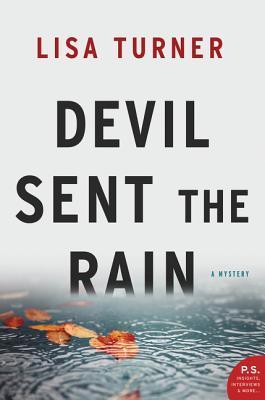 Devil Sent the Rain by Lisa Turner
Devil Sent the Rain by Lisa Turner Formats available: paperback, ebook, audiobook
Series: Billy Able #3
Pages: 352
Published by William Morrow Paperbacks on September 27th 2016
Purchasing Info: Author's Website, Publisher's Website, Amazon, Barnes & Noble, Kobo, Bookshop.org
Goodreads
Edgar Award nominee and bestselling author Lisa Turner’s hard-boiled Detective Billy Able returns in this dark Southern mystery about the murder of a dazzling Memphis socialite—and the scandals revealed in the wake of her death
The heart can be an assassin. Detective Billy Able knows that from experience.
Fresh from solving Memphis’ most sensational murder case, Homicide Detective Billy Able and his ambitious new partner Frankie Malone are called to a bizarre crime scene on the outskirts of town. A high society attorney has been murdered while dressed in a wedding gown. Billy is shocked to discover he has a very personal connection to the victim. When the attorney’s death exposes illegal practices at her family’s prestigious law firm, the scandal is enough to rock the southern city’s social world.
In a tale of the remnants of Old South aristocracy and entitlement, twisted by greed and vengeance, Billy must confront the secrets of his own past to have any chance at solving the murder of the girl he once knew. But as he seeks the truth, he’s drawn closer to an embittered killer bent on revenge—and eliminating the threat Billy poses.
My Review:
They say that “the love of money is the root of all evil.” Well, everyone needs roots. And there’s a lot in this mystery about roots, both the monetary kind and the kind where your family has been someplace forever and ever, and all the old prejudices and all the old rivalries are very, very much still alive and kicking in the present.
This is a murder mystery. In so many mysteries, one of the first principles is to “follow the money” to figure out who had motive for, and probably did, the crime. This one is a surprise in that while there is plenty of money to buy a whole barrel full of red herrings, money may be at the root of all evil but it is not at the root of this murder. Exactly.
Caroline Lee is found murdered in her red Camaro in the middle of a herd of bison, wearing a wedding dress. That would be enough for sensation-seeking media to run with right there, but Caroline is also the daughter of one of the most prestigious families in Memphis, and is a lawyer at her family’s elite law firm. So there’s the lurid possibility of scandal in high society to add to the admittedly bizarre scenario of her death.
There’s a lot of pressure on the Memphis P.D., and especially Detectives Billy Able and Frankie Malone, to solve this case ASAP. Which is the last thing they are able to do. There are too many wealthy and influential people trying to muddy the waters from the very beginning, and too many possible suspects and motives.
That Caroline was Billy’s first love, back when they were teenagers, does not exactly add to his objectivity. And Frankie’s newbie impulsiveness doesn’t help either of them stay out of trouble with the powers-that-be. But they are still the best the MPD has, so they are on the case.
It could be Caroline’s embarrassed ex-fiancee, who had been stalking and harassing her for weeks. It could be the father of her unborn child, who doesn’t seem to have been the ex-fiancee. It could be either her mother or her brother, who are oh-so-obviously covering up something dirty in the wake of Caroline’s death. It could even be something related to the mysterious disappearance of her cousin five years ago. Or none of the above.
It’s up to Billy Able to sort through the tangle of lies, deceit, longstanding grievances and family ties before it all gets swept under the rug – along with his and Frankie’s careers.
Escape Rating A-: I read this in a single evening. Once I started I absolutely couldn’t stop. Devil Sent the Rain is a terrific combination of police procedural with Southern mystery, and was absorbing from beginning to end. Which also came as a nearly complete surprise and had almost nothing to do with anything I expected, yet was still set up within the story. The clues were all there, and I missed them, as did the detectives for most of the book, and for good reasons.
There is so much money floating around in this story that it seems like it must be the motive. It blows the reader away when it isn’t.
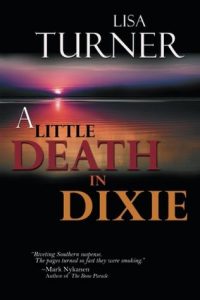 Much of the story revolves around the detective’s ties to the victim and her family, and his own roots in the area. While it is clear that there are previous stories featuring Detective Billy Able (A Little Death in Dixie and The Gone Dead Train) it is not necessary to have read the previous books to get deeply into Devil Sent the Rain.
Much of the story revolves around the detective’s ties to the victim and her family, and his own roots in the area. While it is clear that there are previous stories featuring Detective Billy Able (A Little Death in Dixie and The Gone Dead Train) it is not necessary to have read the previous books to get deeply into Devil Sent the Rain.
I haven’t read them, but after this absorbing mystery, I surely do intend to.
Billy’s ties to the victim and her family all date back to his childhood and adolescence, long before he became a police detective. But investigating the murder of one’s first love has to be right up there as any investigator’s worst nightmare. It clouds his judgment and sends him down a few too many wrong paths, but in a way that drags the reader right along with him.


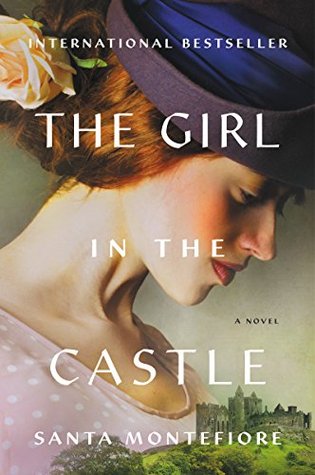 The Girl in the Castle (Deverill Chronicles #1) by
The Girl in the Castle (Deverill Chronicles #1) by 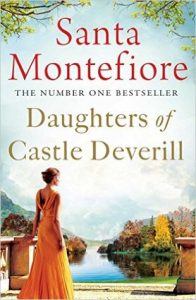 This is the first book in a projected trilogy. The Girl in the Castle was published last year in Britain as
This is the first book in a projected trilogy. The Girl in the Castle was published last year in Britain as 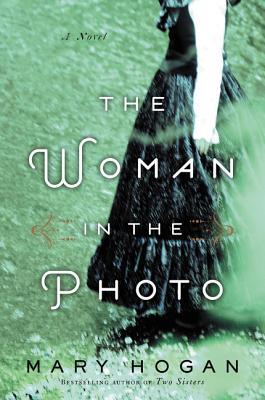 The Woman in the Photo: A Novel by
The Woman in the Photo: A Novel by 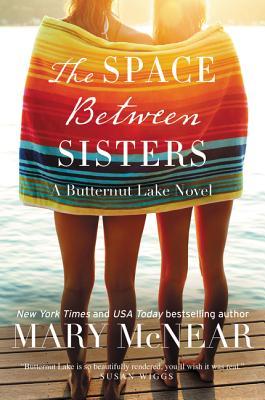 The Space Between Sisters (The Butternut Lake Series, #4) by
The Space Between Sisters (The Butternut Lake Series, #4) by 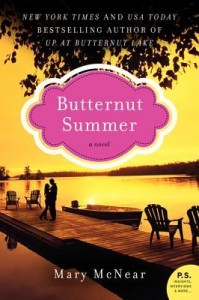 Second-chance lake strikes again. So far, in all of the books in the lovely
Second-chance lake strikes again. So far, in all of the books in the lovely 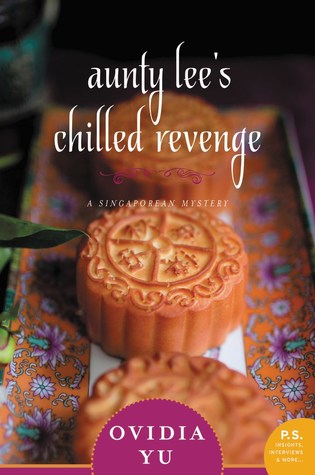 Aunty Lee's Chilled Revenge (Singaporean Mystery, #3) by
Aunty Lee's Chilled Revenge (Singaporean Mystery, #3) by 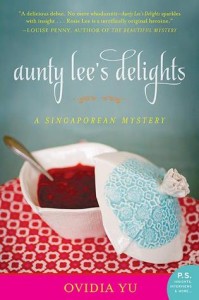
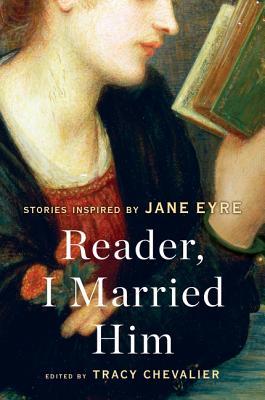 Reader, I Married Him: Stories Inspired by Jane Eyre by
Reader, I Married Him: Stories Inspired by Jane Eyre by 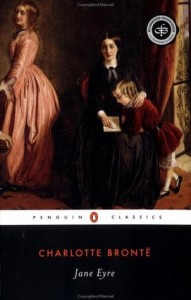 Just like it says on the label, this is a collection of short stories “inspired by”
Just like it says on the label, this is a collection of short stories “inspired by” 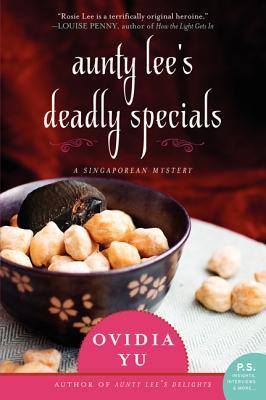 Aunty Lee's Deadly Specials (Singaporean Mystery #2) by
Aunty Lee's Deadly Specials (Singaporean Mystery #2) by 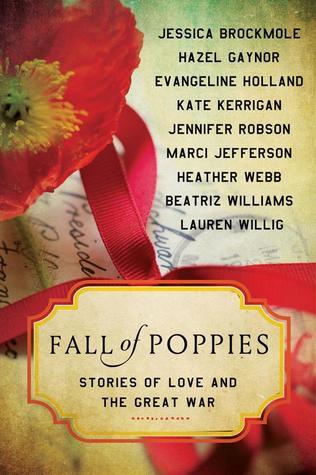 Fall of Poppies: Stories of Love and the Great War by
Fall of Poppies: Stories of Love and the Great War by 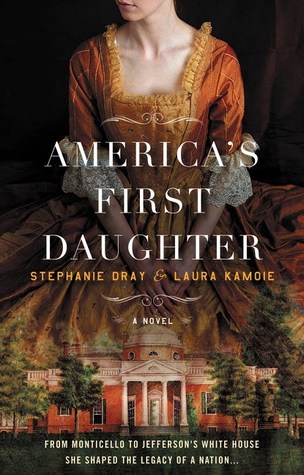 America's First Daughter by
America's First Daughter by 
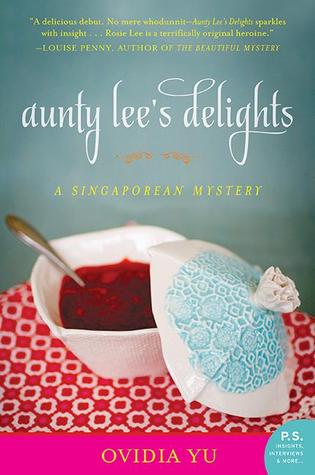 Aunty Lee's Delights (Singaporean Mystery #1) by
Aunty Lee's Delights (Singaporean Mystery #1) by 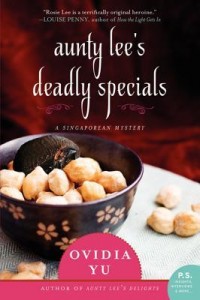 This turned out to be a fun and interesting story. I enjoyed the Singapore setting, it is new to me but the author brought it to life in a way that draws the unfamiliar reader into Aunty Lee’s world. It was also a refreshing change to read a mystery where the case is resolved with brain instead of brawn – or firearms. If you are looking for a different kind of mystery in a fresh setting, Aunty Lee’s Delights is a treat. I’m looking forward to diving in to the next book in the series,
This turned out to be a fun and interesting story. I enjoyed the Singapore setting, it is new to me but the author brought it to life in a way that draws the unfamiliar reader into Aunty Lee’s world. It was also a refreshing change to read a mystery where the case is resolved with brain instead of brawn – or firearms. If you are looking for a different kind of mystery in a fresh setting, Aunty Lee’s Delights is a treat. I’m looking forward to diving in to the next book in the series,